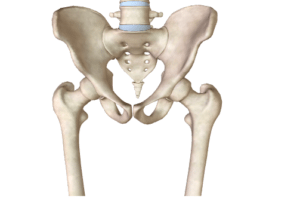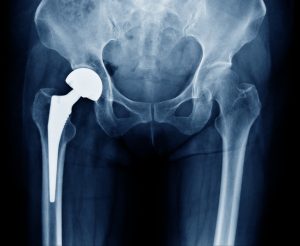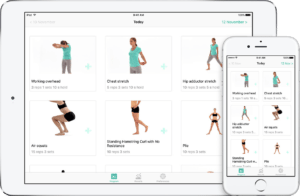Prehabilitation in preparation for a THR
When you have decided to have a THR you must start pre-habilitation exercises to ensure your muscles are as strong as possible to give you the best chance of recovery following your surgery. Studies show it also helps reduce pain and improves functioning following the operation.
The role of Physiotherapy is vital to prepare you for your upcoming procedure as the muscles will need time to heal following the surgery.


Hydrotherapy is a great form of prehabilitation and post rehabilitation as it helps to decrease the load off from weight-bearing joints, while still being able to get the benefits of exercise. expedite recovery times and improve the overall extent of recovery in patients planning to undergo joint replacement
Completing strength exercises at least 2 to 3 times a week is what you will be expected to do.

Example- We can develop a customised exercise program for you
Physiotherapy Following a THR
The role of the Physiotherapist after your surgery is to educate and provide you with exercises to immediately start regaining your hip range of motion and strength. They will be teaching you how to get in and out of bed safely and advise how much weight you are allowed to put through your legs. They will prescribe several bed-based exercises which are important to regulate your circulation to prevent complications such as blood clots. You will stand on your feet either the day of surgery or the next day depending on your surgeon’s preference with the help of the Physiotherapist.
You will be taught how to walk again likely with the use of gait aids safely. They will ensure you are comfortable with safely getting in and out of a bed or chair and navigating small spaces such as the bathroom.
Certain precautions need to be taken if you have had a posterior approach to reduce your risk of dislocation, which is higher with this method. There are three rules you will need to follow for approximately 6-12 weeks after your surgery.
- You must not bend your hip above 90° (hips should be lower than your knees)
- Sit in a high chair with armrests , this also applies to sitting on the toilet (use an over-toilet seat to raise the height)
- Do not bend over to pick objects off from the floor: use a pick up stick or have someone help you
- Do not lean forward in the chair when you are sitting especially to put socks on or tie up shoelaces (if someone is unable to help you use a sock donner and shoehorn)2. Do not cross your operated leg
- When lying on your side place a pillow between your legs to keep them neutral
- Do not sit in a chair with legs crossed - Do not pivot or twist on your operated leg
- When walking, do not fixate operated leg on the floor and then pivot or twist on it. Always takes steps to turn rather than pivoting
What can I expect in the first week after my operation?
Your Physiotherapist will see you daily in the hospital to progress your mobility and exercises. You will then be discharged home in the first 5-7 days. Sometimes you may need a little more time to recover before going home, and so rehabilitation is recommended. Here you will continue to progress until you are ready and it is safe for you to return home.
Am I doing too much exercise?
You must have sufficient pain relief to still able to be to perform the exercises. You may find them slightly uncomfortable in the first instance, however keep trying but make sure you do not over it. If you start to feel pain, then stop and take a break. If you experience pain after your exercises do less next time. If you feel are unable to do the exercises due to significant pain, it is important to make the Doctor / Nurse or Physiotherapist aware so your medications can be reviewed.
At the earliest stage please discuss with your physiotherapist your planned surgery. We can develop programs customised to your needs.
